by Louise Irvine
Ostriches in Ceramic Art
I have been fascinated by ostriches since my childhood. I treasured a photograph of my grandma riding an ostrich that she sent to me after she went to live in South Africa when I was a little girl. Sadly, I didn’t get a chance to visit her in Africa and I first saw an ostrich up close on a farm in Ireland. You could have knocked me down with a feather when I began cataloging the ceramic ostriches at WMODA and learned all about the ostrich business in Florida.
Gourmet Ostrich
These days ostriches are valued for their meat because it is low in fat, calories and cholesterol and the silky fillets are a healthy alternative to red meat. During the 1990s, ostrich farming was a speculative get-rich quick business. In the UK, adult breeder ostriches were selling for £10,000-£15,000 each and their eggs for £1,500. However, the market stabilized due to the challenges of rearing the birds. The Irish farmers that I met hated the aggressive birds and feared for their lives when they kicked out with their single sharp claw. Today Florida boasts some successful ostrich farms including one nearby in Palm Beach County, which supplies gourmet ostrich products including burgers, birdogs, and ostrich-stuffed pasta.
An Ostrich Safari
Ostriches are the world’s largest birds standing over 7 feet tall. They are flightless and can run up to 40 miles an hour on their strong muscular legs. They are the fastest two-legged land animals and can outrun a cheetah. They have small brains but very large eyes with excellent vision which also helps protect them from predators in their native Africa. I first saw ostriches in the wild when I went on safari during a Collectors Tour that I organized to South Africa in 2005. We saw a spectacular mating display with a red-beaked rooster dancing and flapping its heavy plumage, spanning over 6 feet.
As you might expect, the Ardmore studio in KwaZulu-Natal has featured ostriches in their ceramic art and one of their most unusual vases at WMODA depicts monkeys riding on ostriches. Ostrich riding and hunting dates to Roman times as can be seen in Sicilian mosaics. Ostrich riding was also a thrilling attraction in Florida and Southern California long before Disney established his amusement parks.
Fantasia, Feathers & Fans
American encounters with these strange ornithological curiosities first took place at ostrich farms near Anaheim in 1883. The first farms capitalized on the demand for ostrich feathers which were all the rage for ladies’ hats, fans, muffs and boas. In the 1880s, exceptional plumes could fetch as much as $5 each, while a single mature bird could produce $250 worth of feathers each year. Previously, ostrich feathers were shipped at great expense from Africa, where the birds were hunted to the verge of extinction. Fortunately, commercial farming in Africa from the 1830s saved the ostrich. Fashionable ostrich feather accessories were sold in the gift shops of the California farms and extravagant fans were supplied to burlesque dancers and movie stars, as can be seen in our Carnival & Cabaret exhibit.
Apparently, the 22 pioneer birds in America survived a perilous voyage from Cape Town that claimed nine out of every ten birds that boarded the ship. Local sightseers were transfixed by the ungainly flock, particularly the chicks running around in dizzy circles. No wonder Disney cast them in Fantasia as the corps de ballet in the Dance of the Sugar Plum Fairies. Eventually the lucrative feather business waned but there were still 10 ostrich farms in Southern California in 1910 and the most visited was Cawston’s in Pasadena.
Florida Ostrich Farms
Fueled by his success, Cawston set up a second ostrich farm in Jacksonville, Florida in 1898 where, just as in California, visitors rode in ostrich-drawn carriages or raced bare-back. One of the highlights was feeding time when tourists would gawk at the birds stretching over 10 feet tall as whole oranges slid down their flexible gullets. The ostrich park also featured hot air balloon ascents and Annie Oakley’s sharp shooting skills but eventually in the 1930s Florida tourists found exciting new diversions.
In this context, perhaps Rosenthal’s Ostrich Rider by Ferdinand Liebermann is not so bizarre. His striking porcelain sculpture of a running ostrich stretches 22 inches in length and was produced in bronze also c.1910. In the early 1900s, many European porcelain factories portrayed nude women riding all types of exotic creatures, including elephants, hippos and tropical fish, which can be seen in the Art Deco gallery at WMODA.
Head in the Sand
When demand dropped for ostrich feathers for ladies’ hats and military uniforms after World War One, ostrich farmers turned to tanning the distinctive skins with bumps created by the quill follicles. The delicate, fine leather continues to be used for luxury high-end handbags and American cowboy boots. The late Princess Diana had skin-tight pair of ostrich pants costing £4,000. Ostrich eggs are also big business. The female ostrich can lay about 100 eggs a year, about half of which are fertile, and the survival rate of the chicks in captivity is very high. Ostrich eggs are very durable and have been used continuously for storing water in Africa since the stone age. A recent discovery of decorated ostrich shells in South Africa dates to 65,000 years ago – something to think about when you are decorating your Easter eggs!
Contrary to popular belief, ostriches do not bury their heads in the sand although they do often give that appearance. When threatened or resting, they press their necks and heads to the ground to become less visible. Kneeling with their rear ends in the air, their plumage camouflages with their sandy surroundings and they can easily be mistaken for large boulders. Ostrich populations are rapidly declining in the wild due to habitat loss although they are not considered endangered, except in Somalia where the fat of the Somali ostrich is believed to cure AIDS and diabetes. For the second time in their history, it’s a miracle that ostriches are not extinct. Don’t bury your head in the sand and come see the ostriches in ceramic art at WMODA.
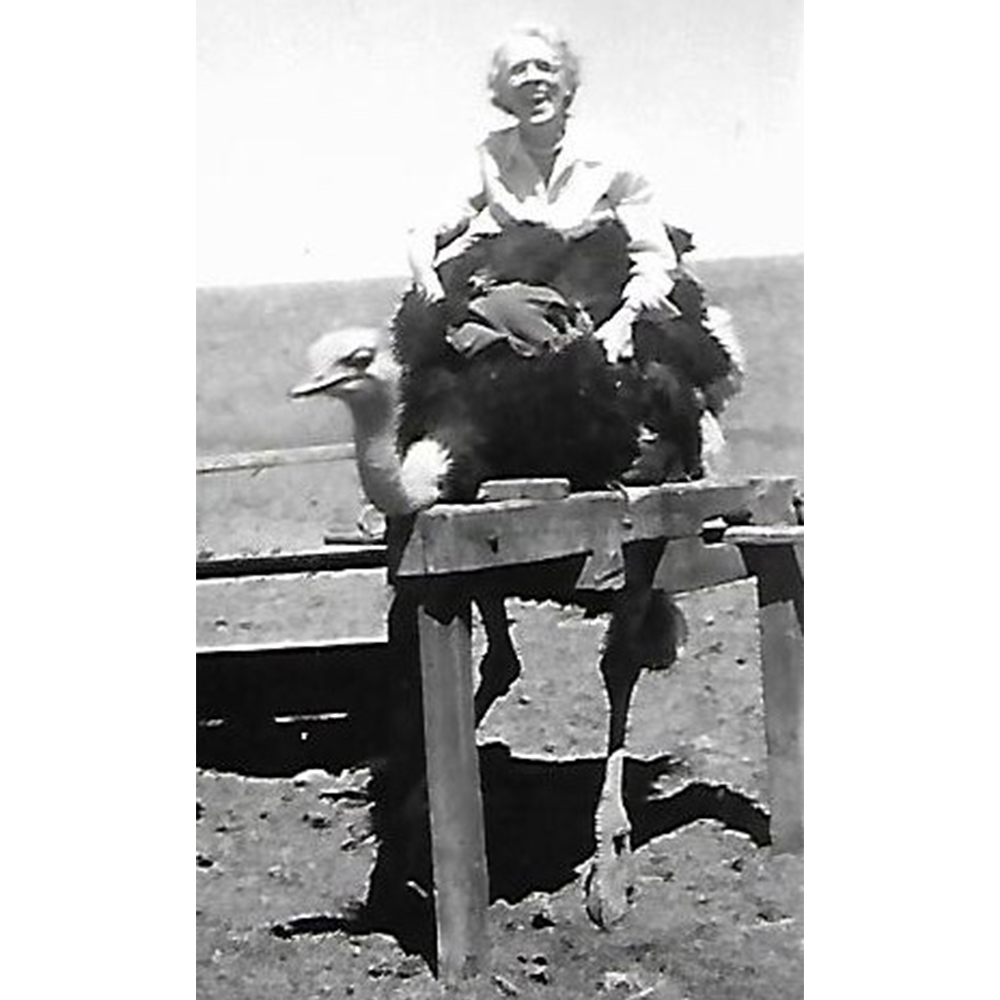
Granny riding an Ostrich
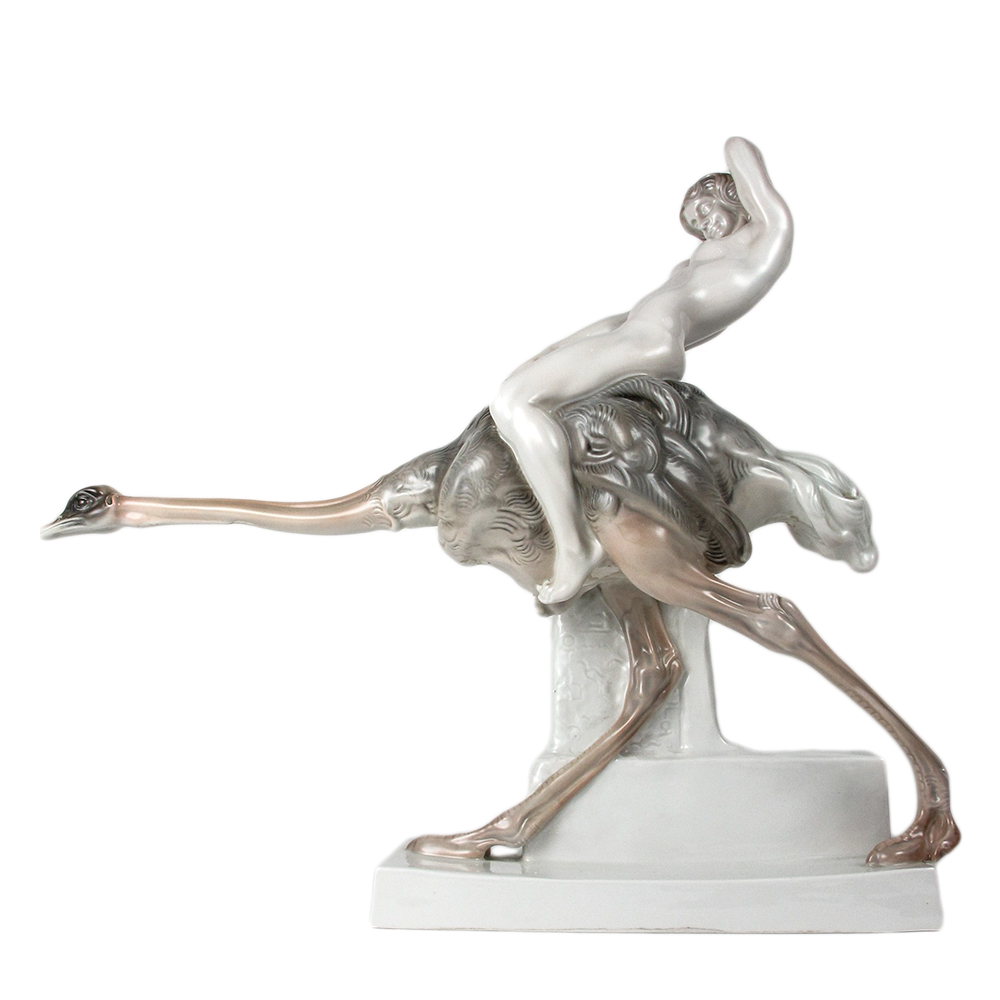
Rosenthal Ostrich Rider

Ostrich dance

Ostrich
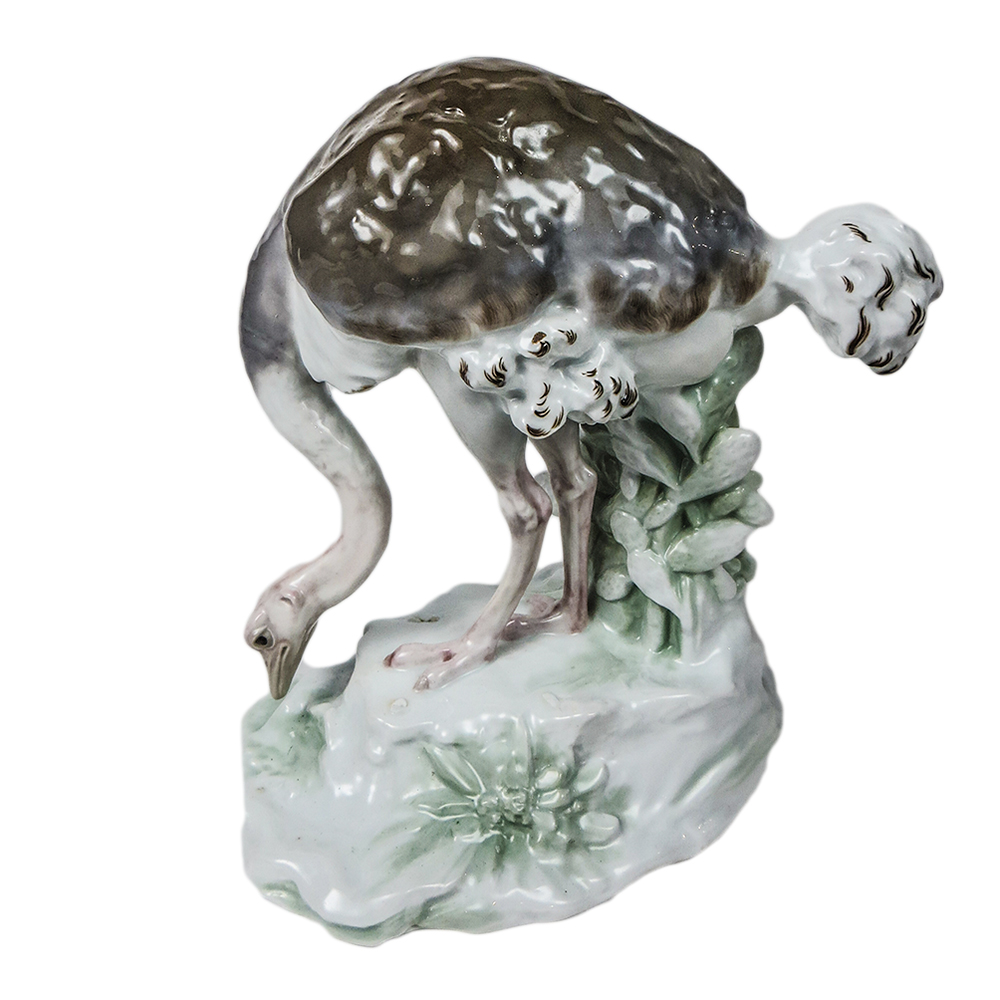
Rosenthal Ostrich
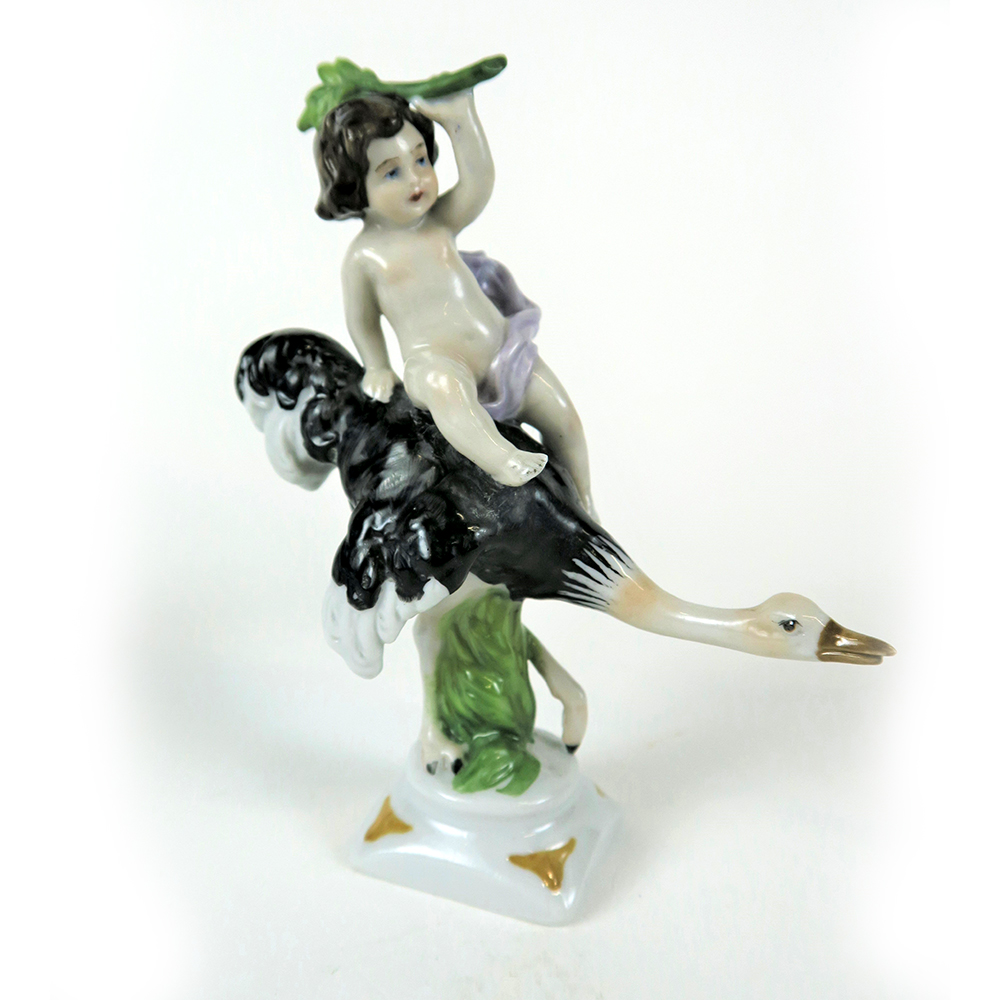
Kister Porcelain Putto Riding Ostrich
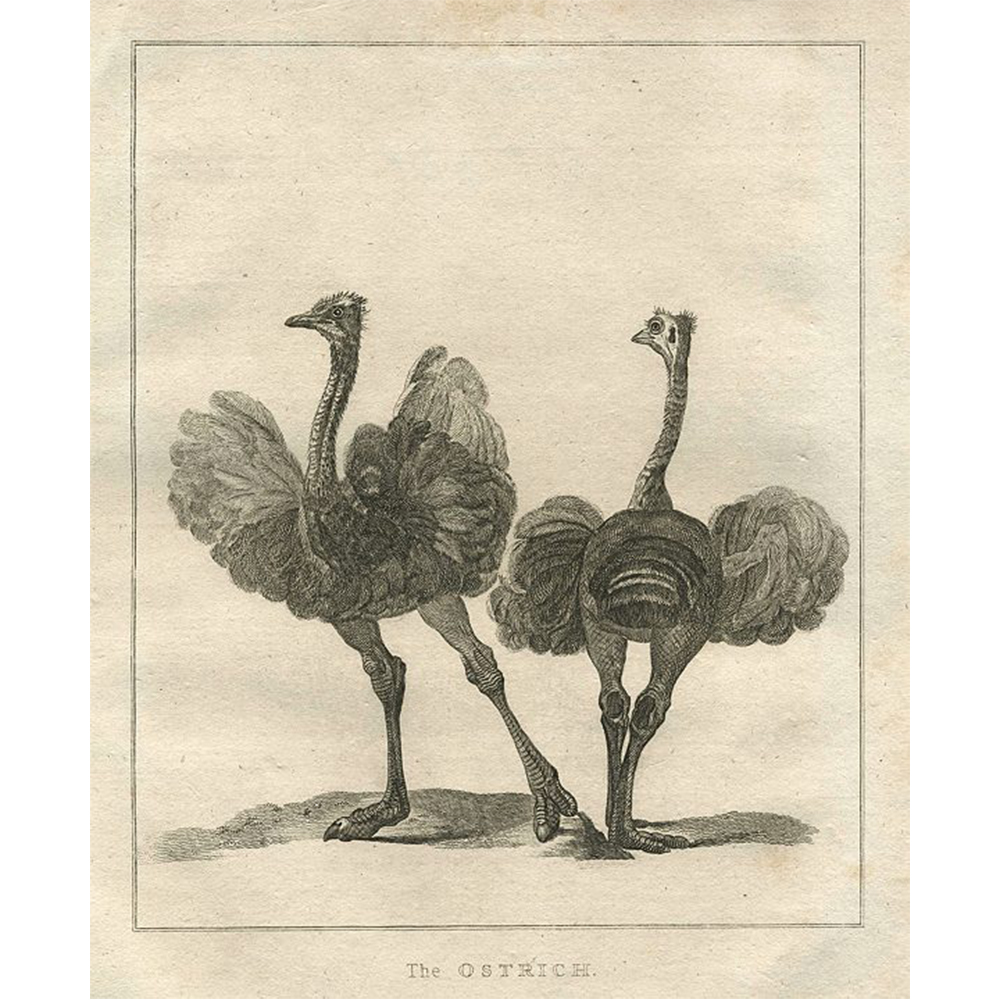
The Ostrich

Ardmore Ostrich Vase
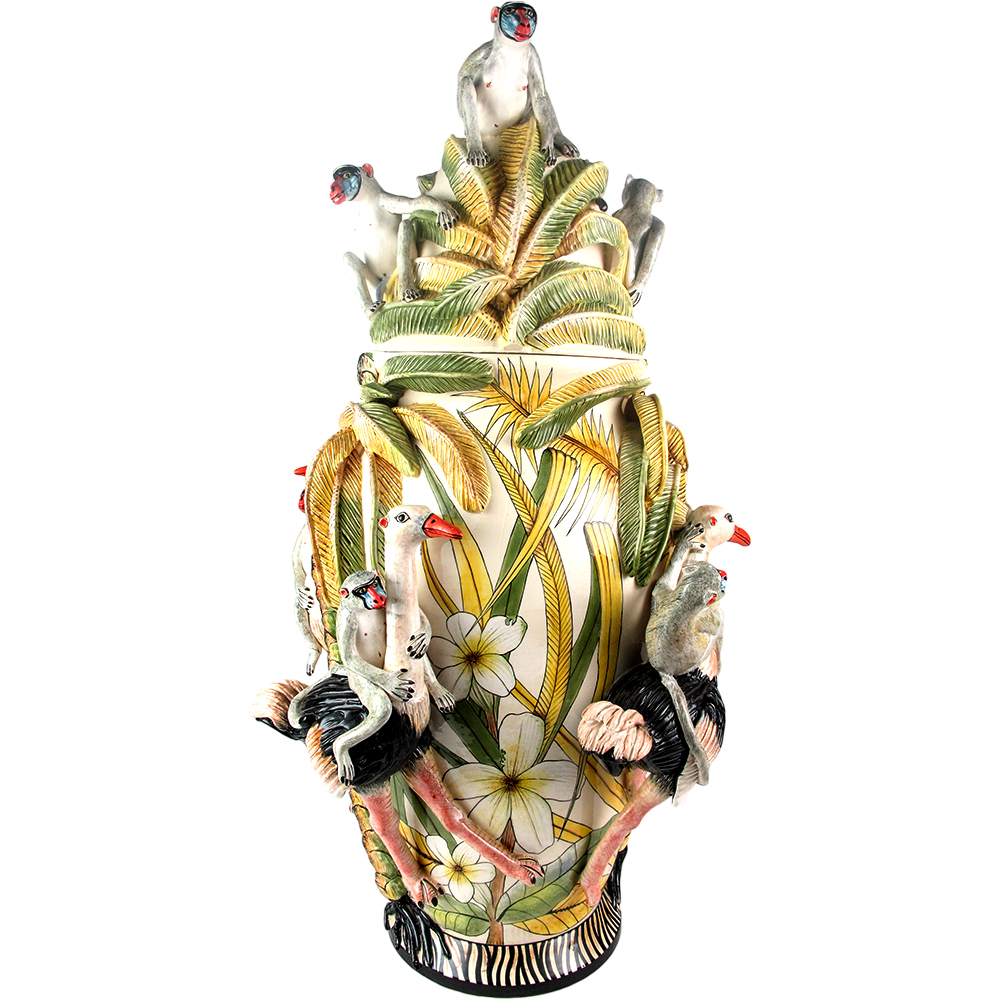
Ardmore Ostrich with Monkey Rider Vase
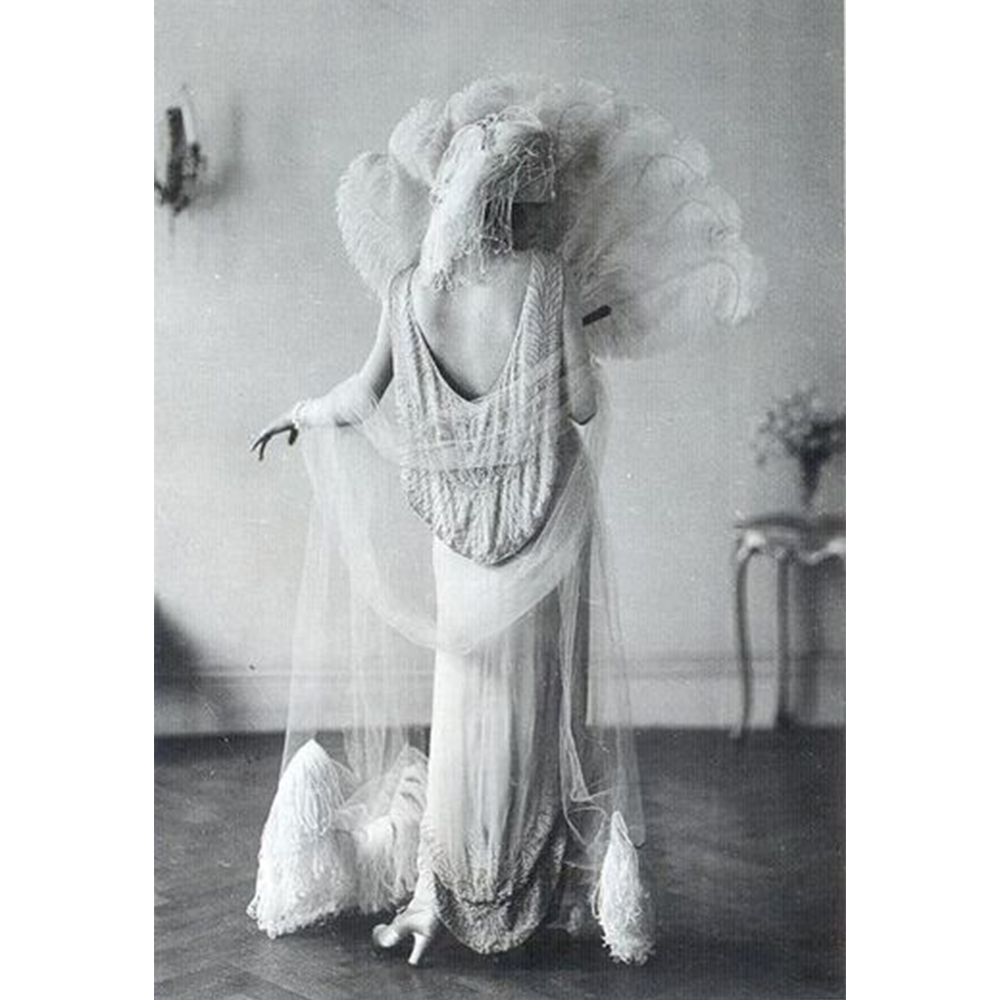
Vionnet Ostrich Feathers

Tissot-L'Ambitieuse

Sally Rand Fan Dancer
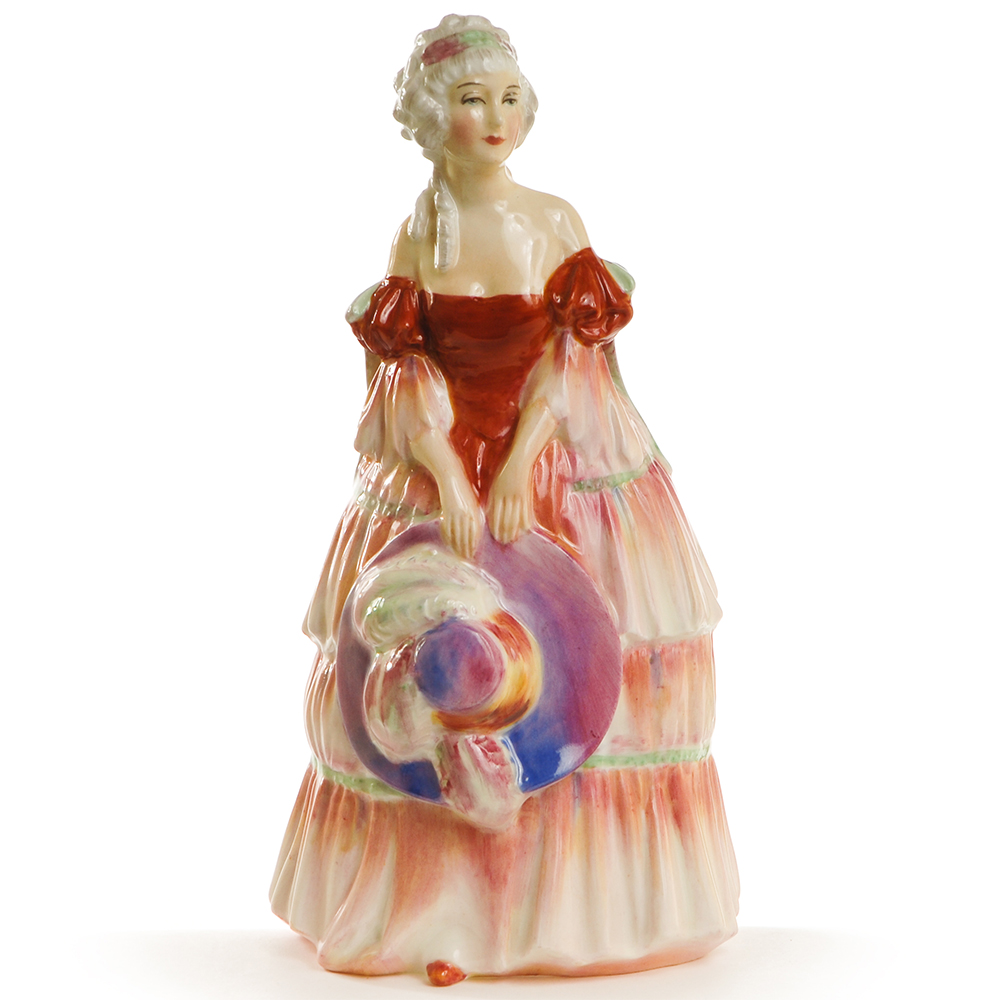
Royal Doulton Veronica

Royal Doulton Elfreda
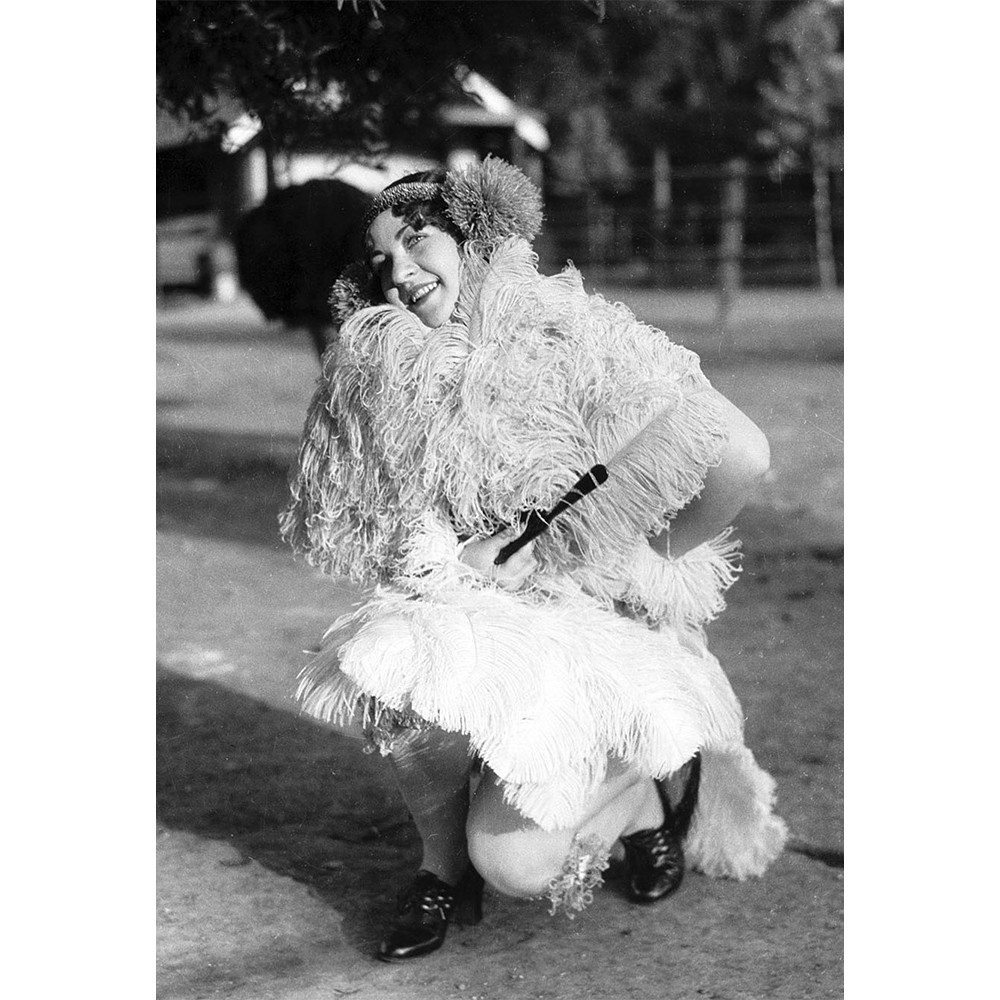
Ostrich Stole
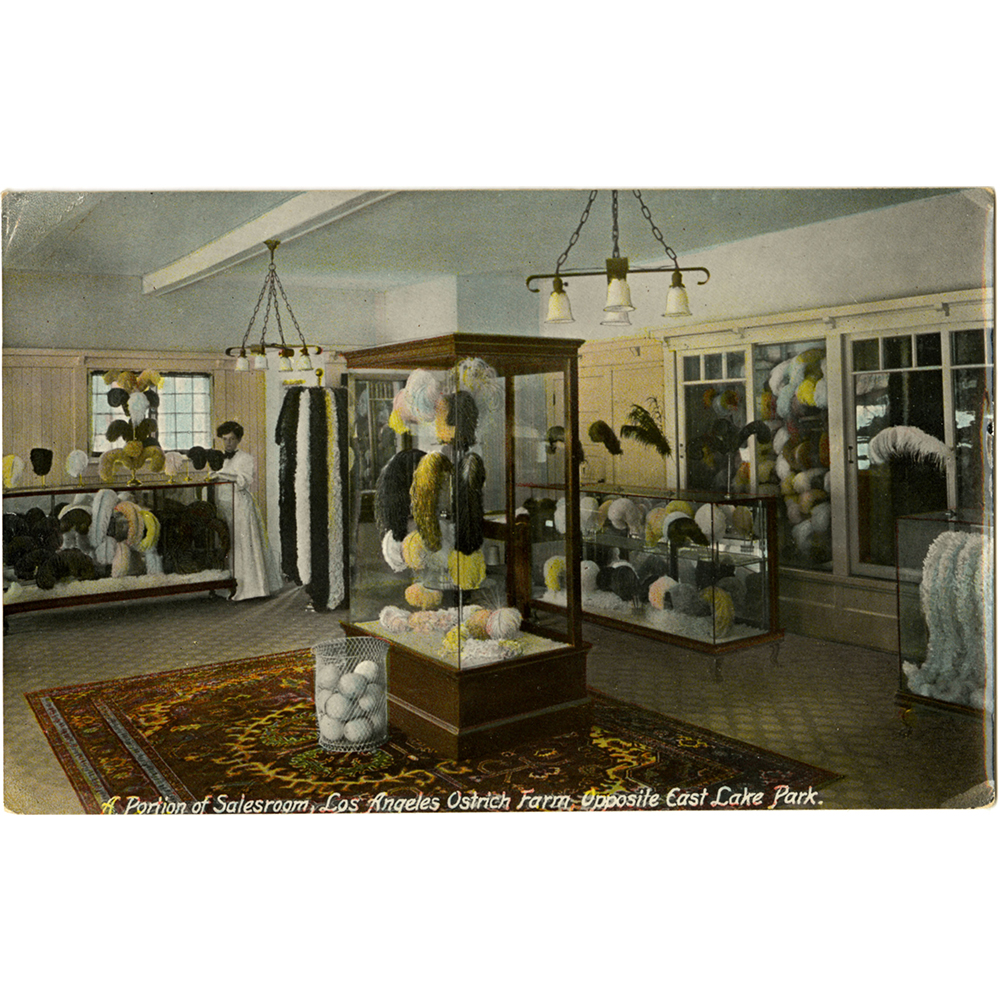
Ostrich Feather Boutique
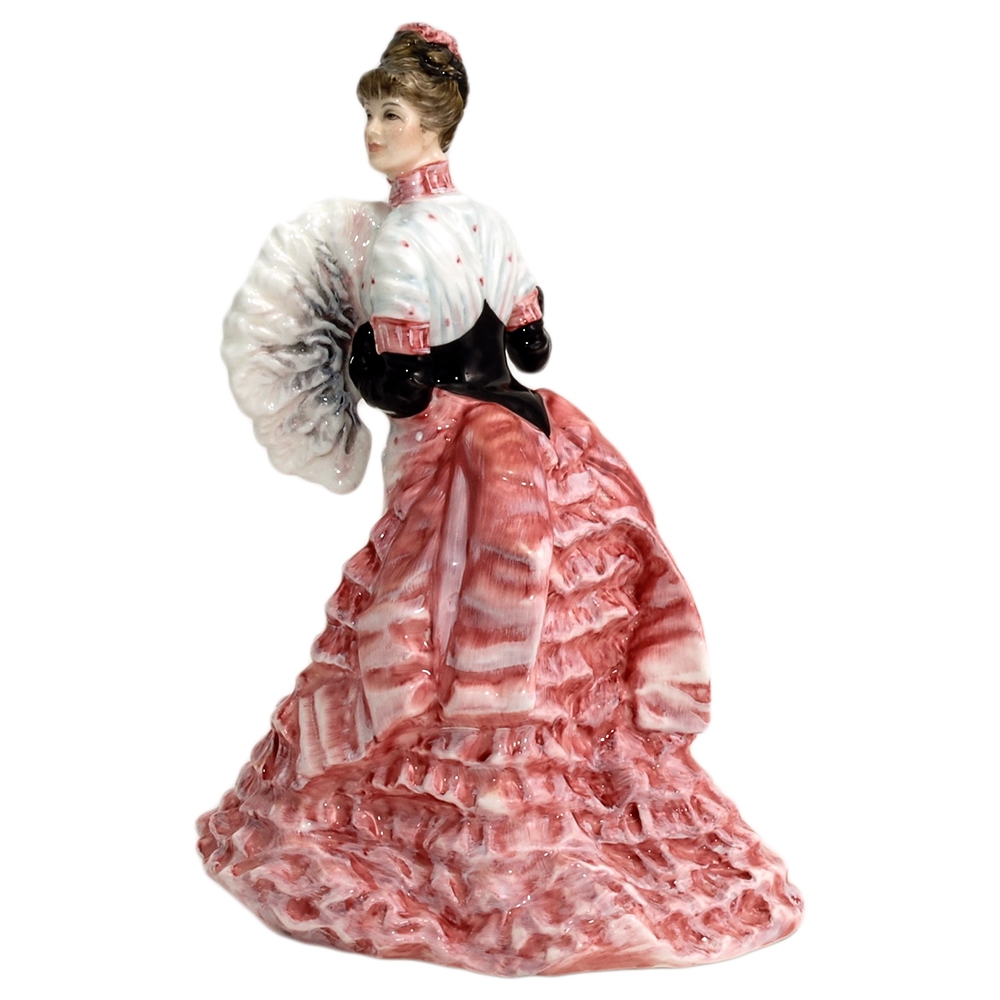
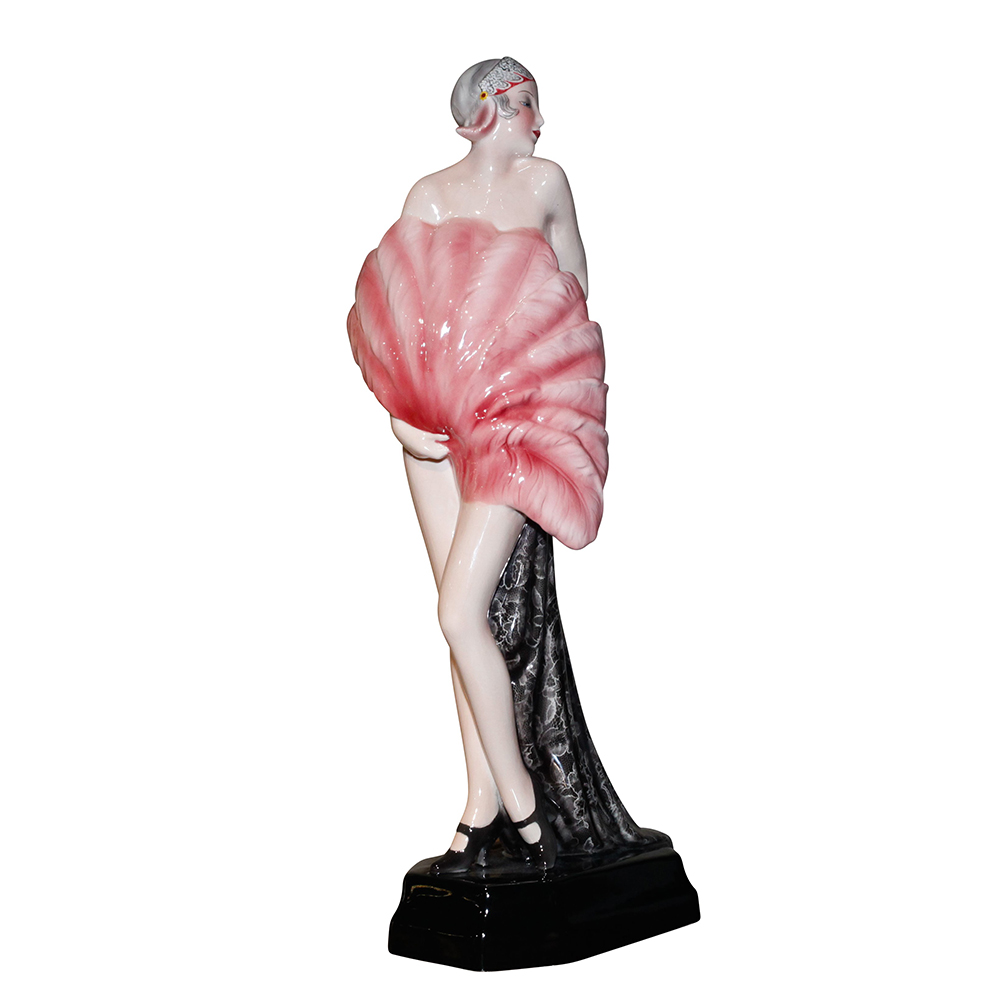
Goldscheider Fan Dancer by Dakon

Feathers
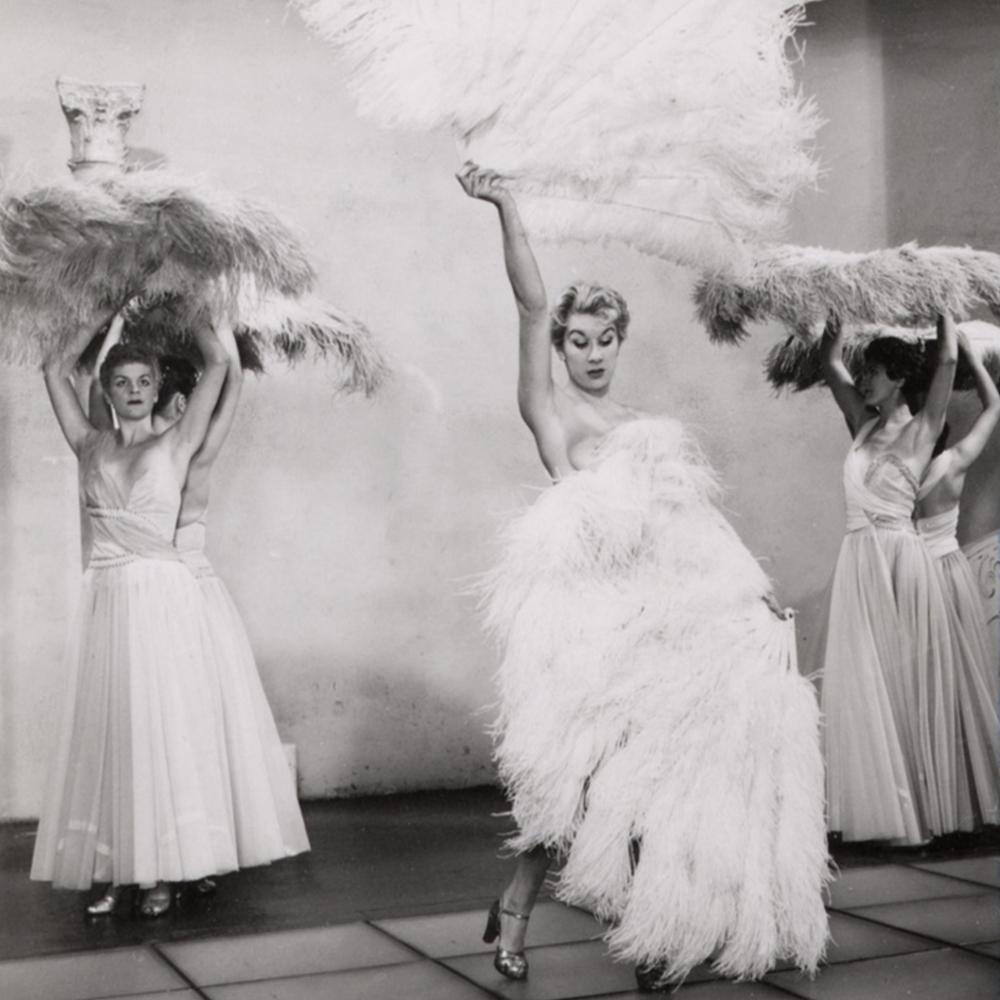
Fan Dancing
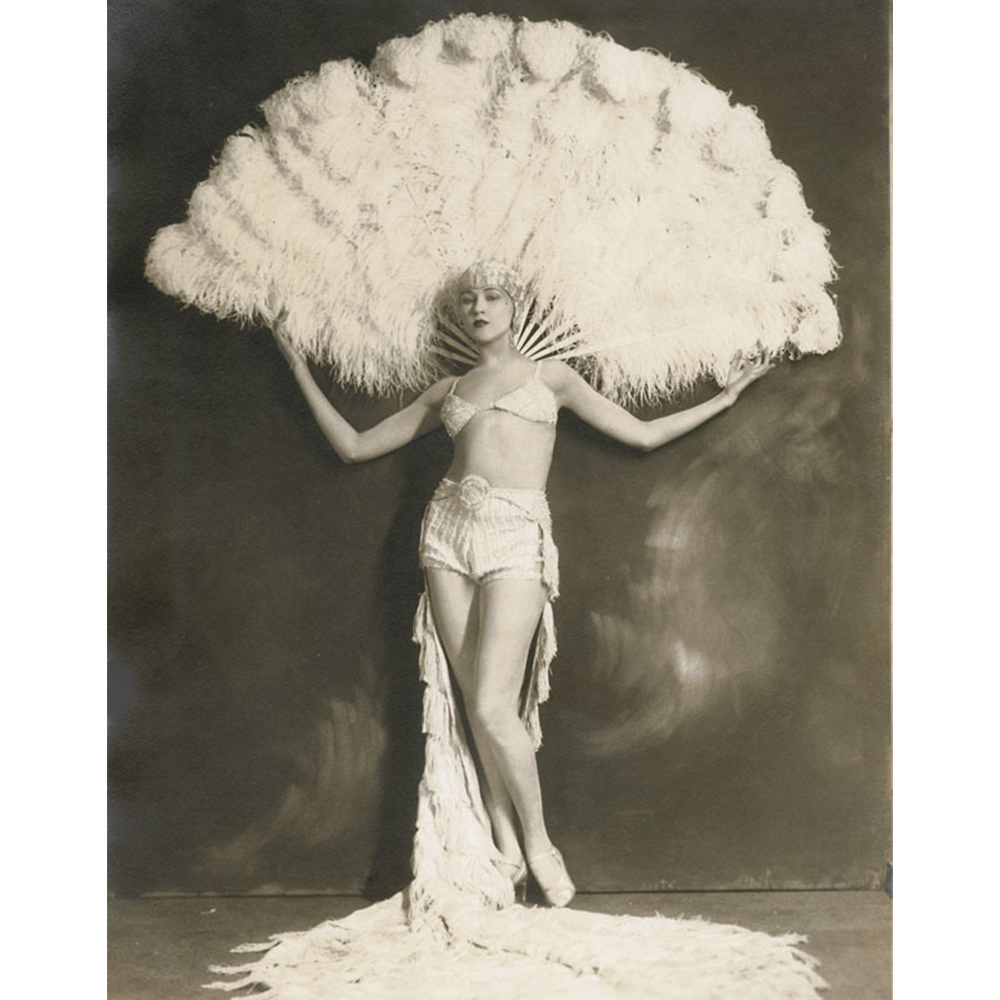
Fan Dancer Baron de Mirjian

Royal Doulton Edwardian Lady
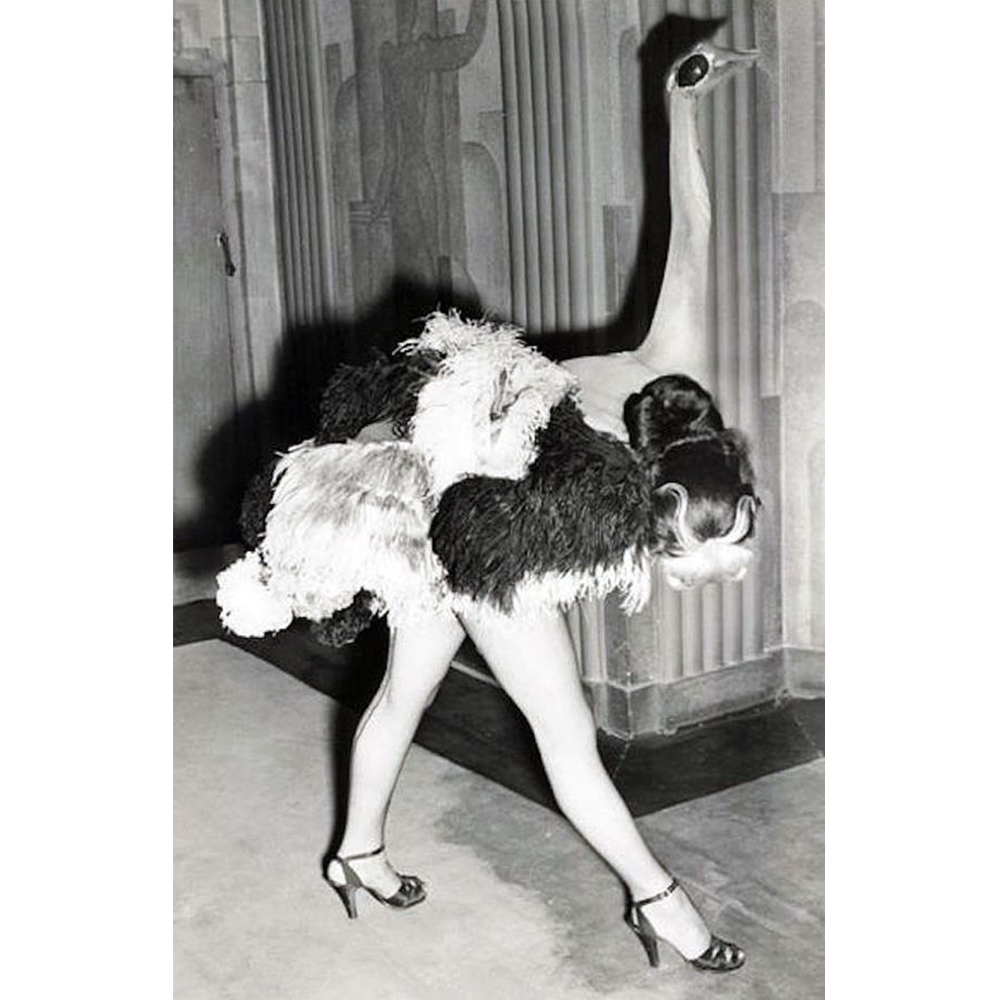
Ostrich Follies

Royal Doulton Eleanor High Society

Royal Doulton Octavia High Society
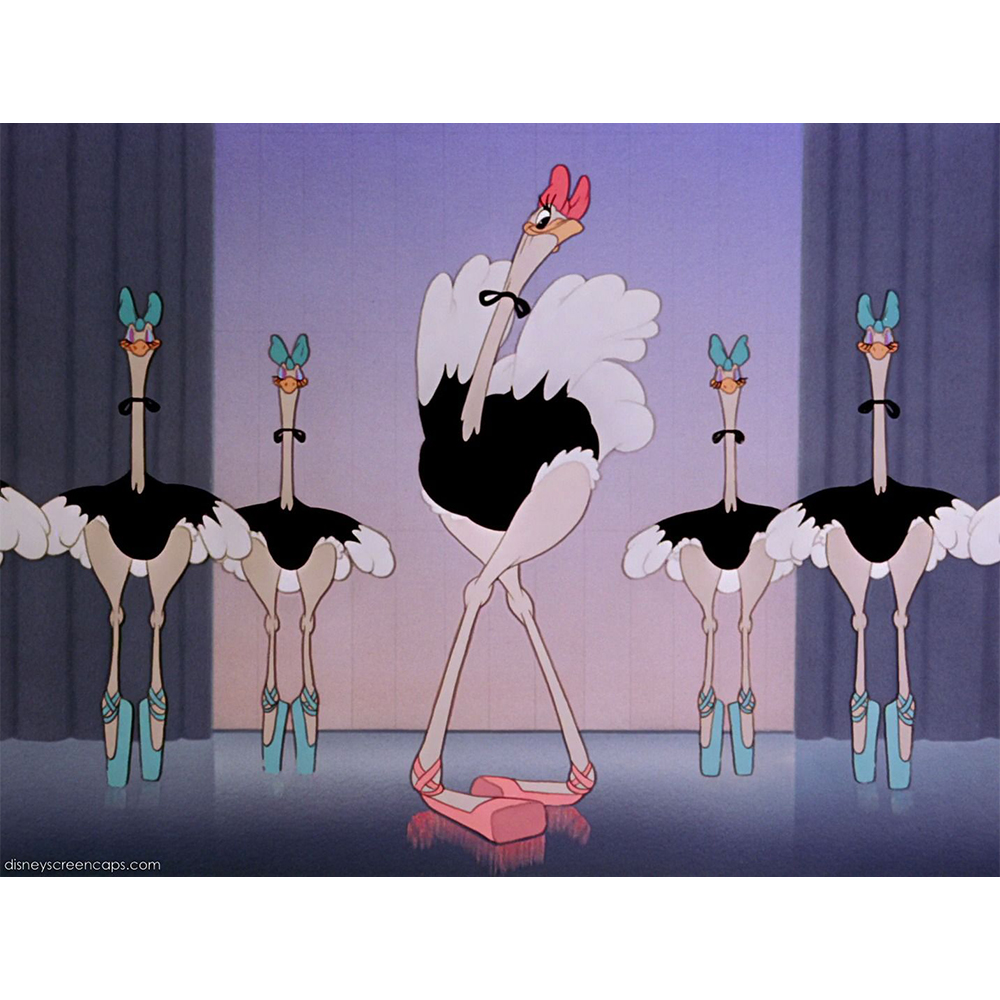
Fantasia Dance of the Hours

Fantasia Dance of the Hours

Ostrich

Baby Ostriches
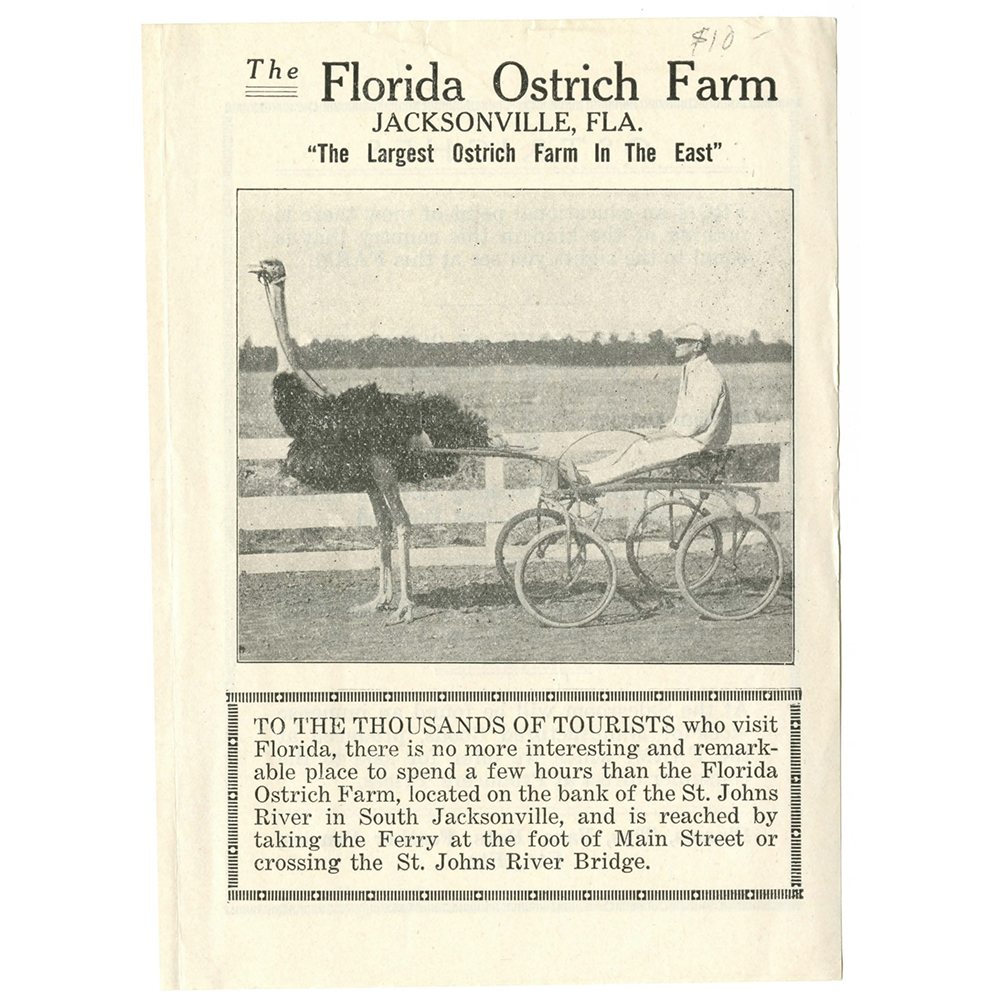
Jacksonville, FL Ostrich Farm Brochure
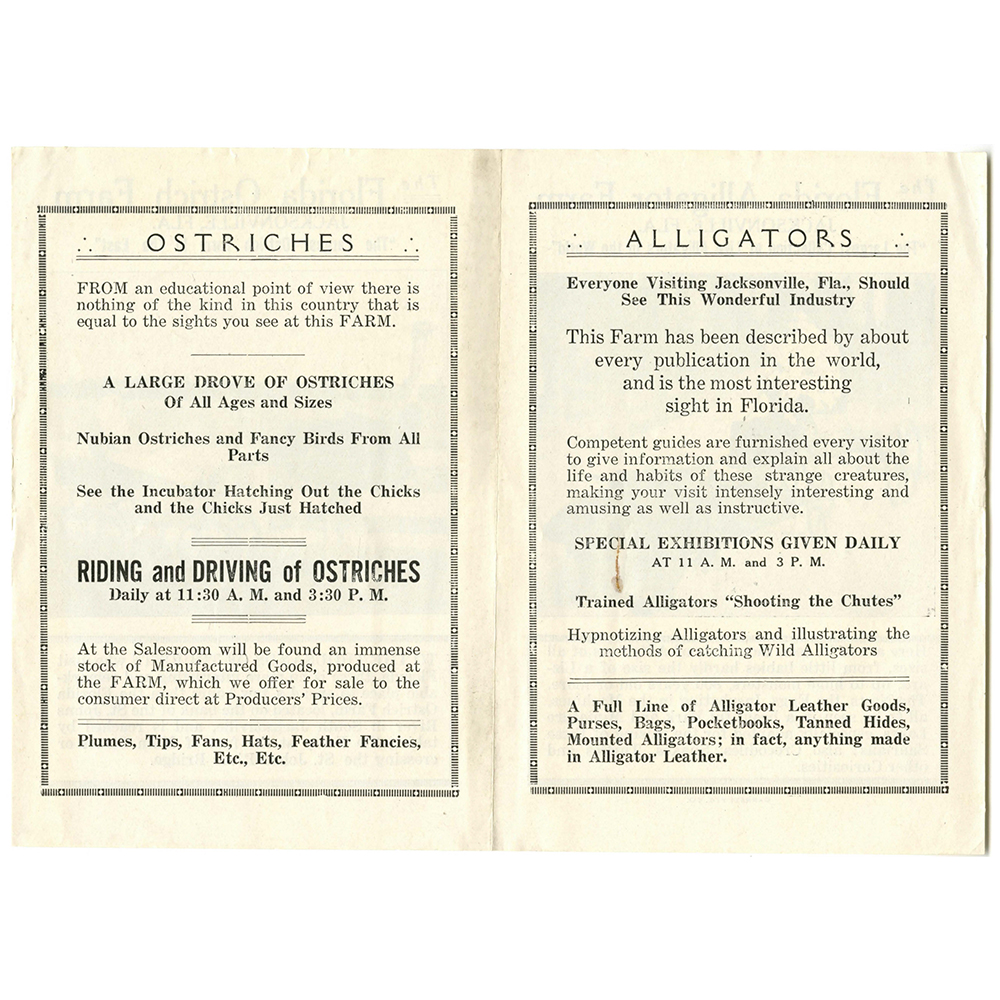
Jacksonville, FL Ostrich Farm Brochure
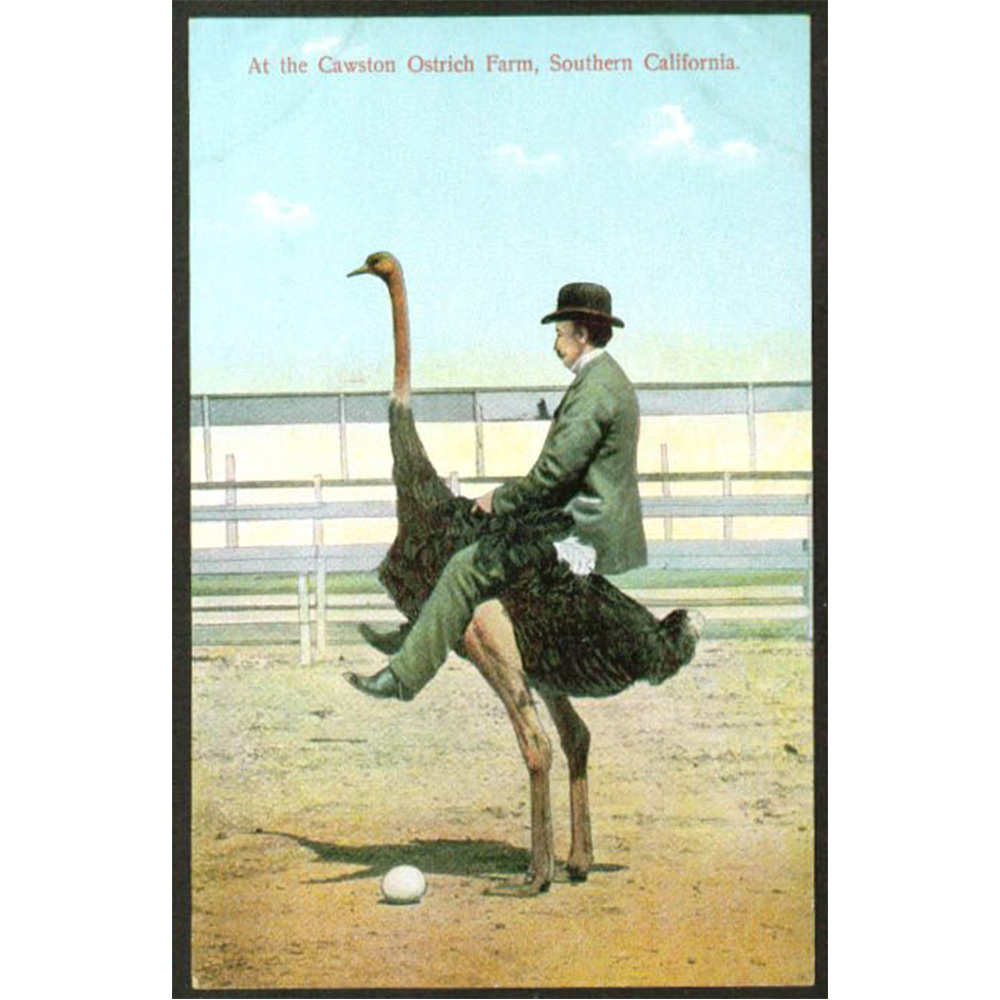
Riding an Ostrich
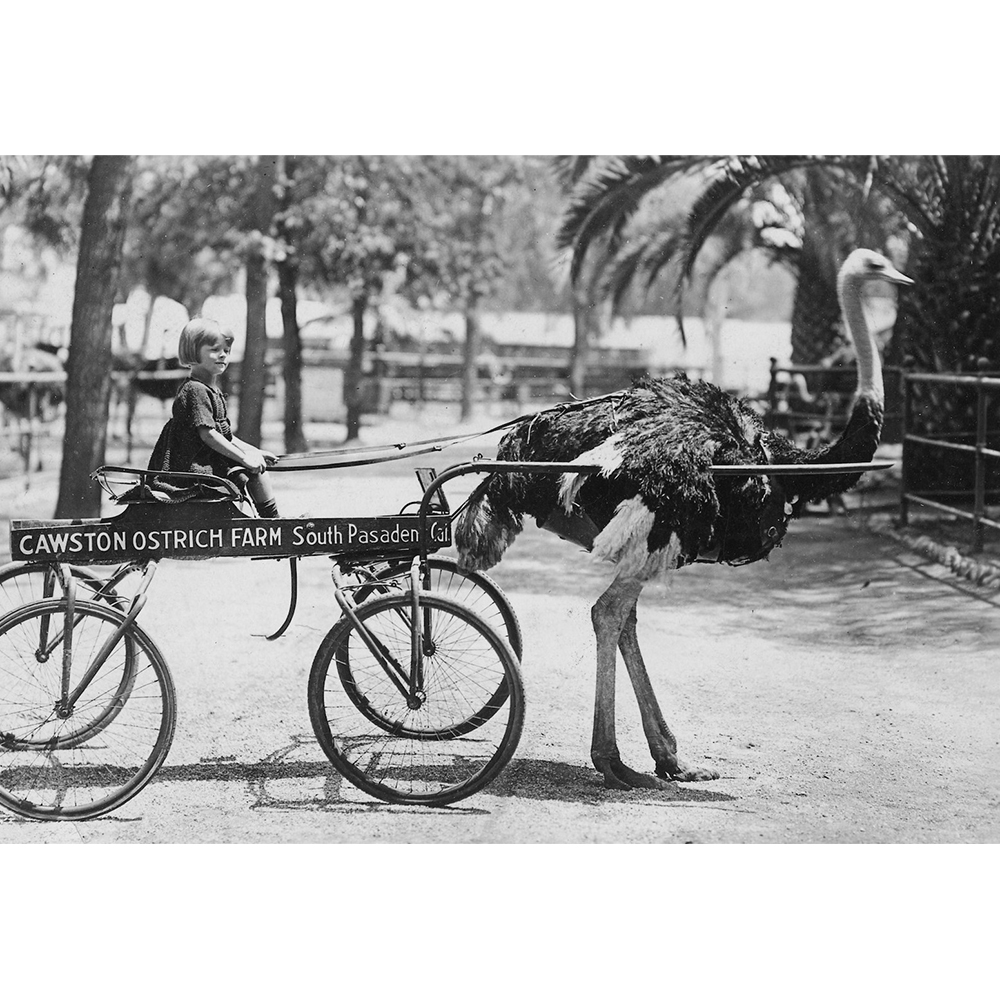
Ostrich Buggy Ride

Ostrich Feeding

Jacksonville, FL Ostrich Farm

Ostrich Riding
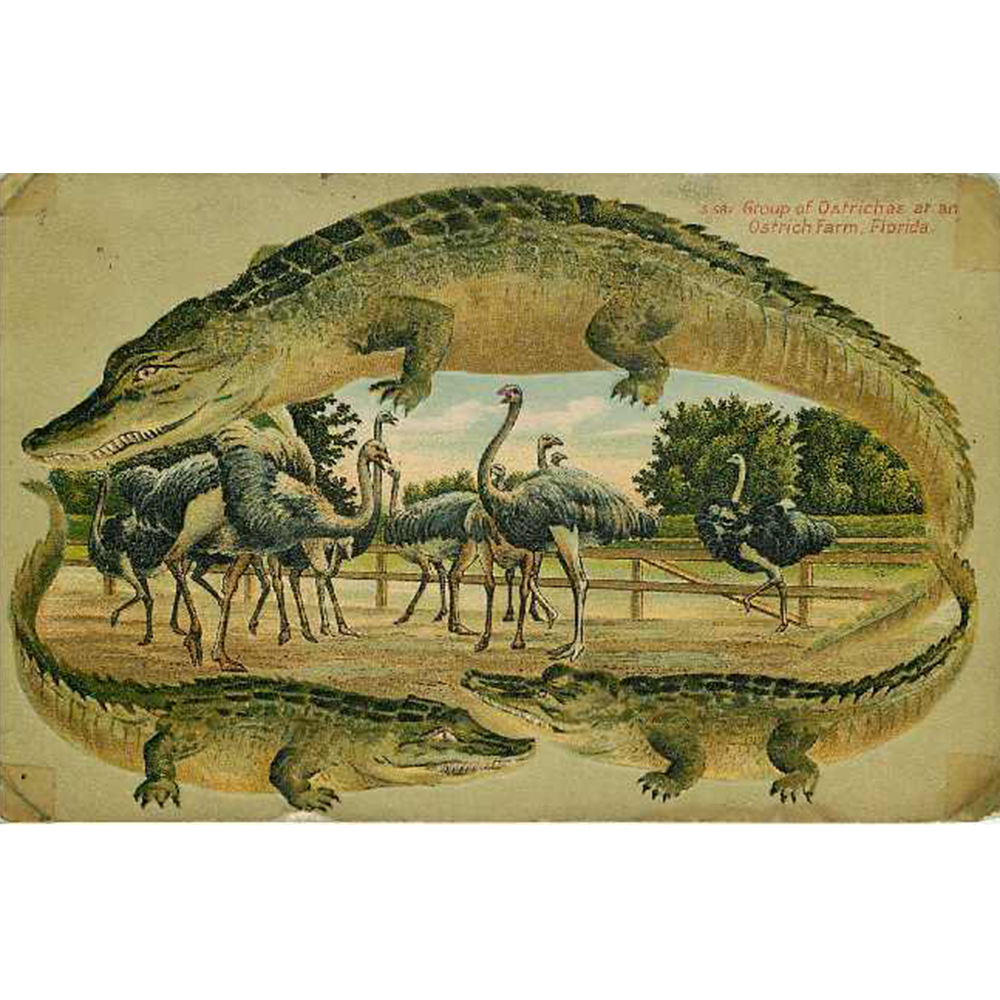
Ostrich Farm
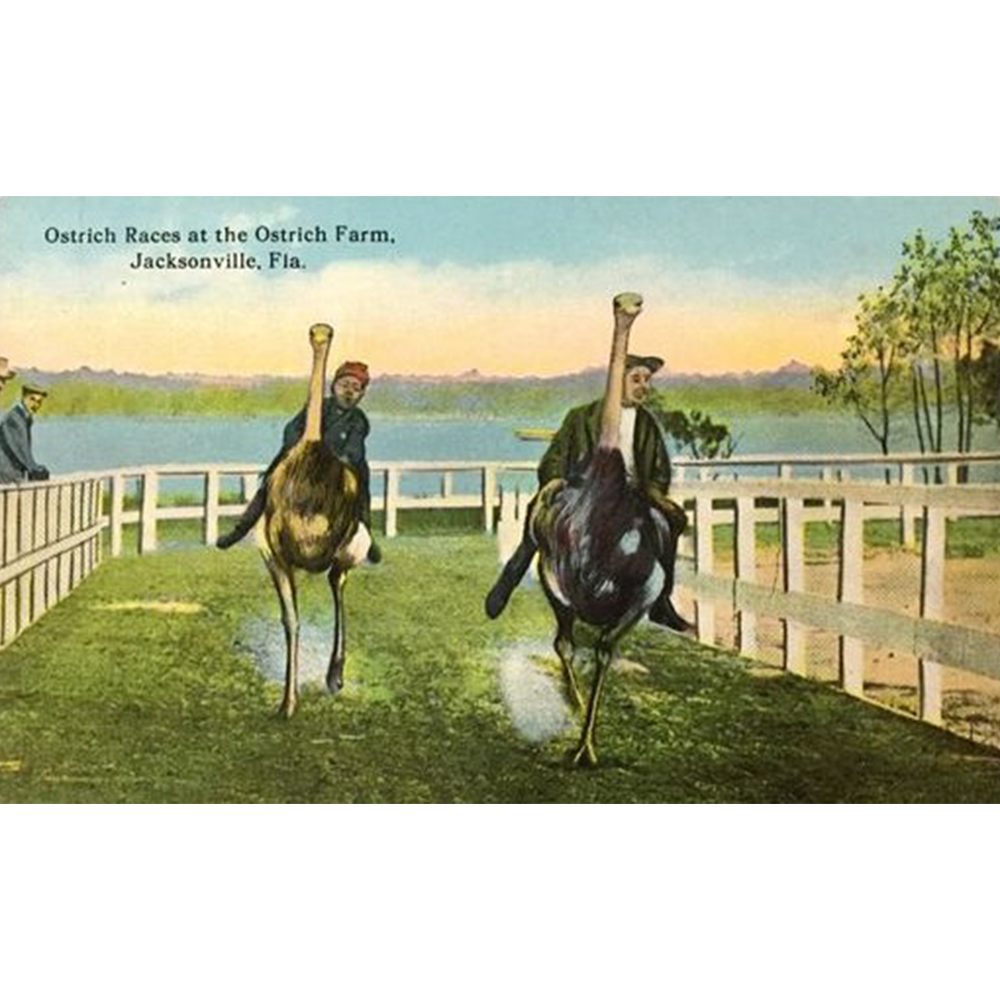
Jacksonville, FL Ostrich Farm

Ostrich Feeding
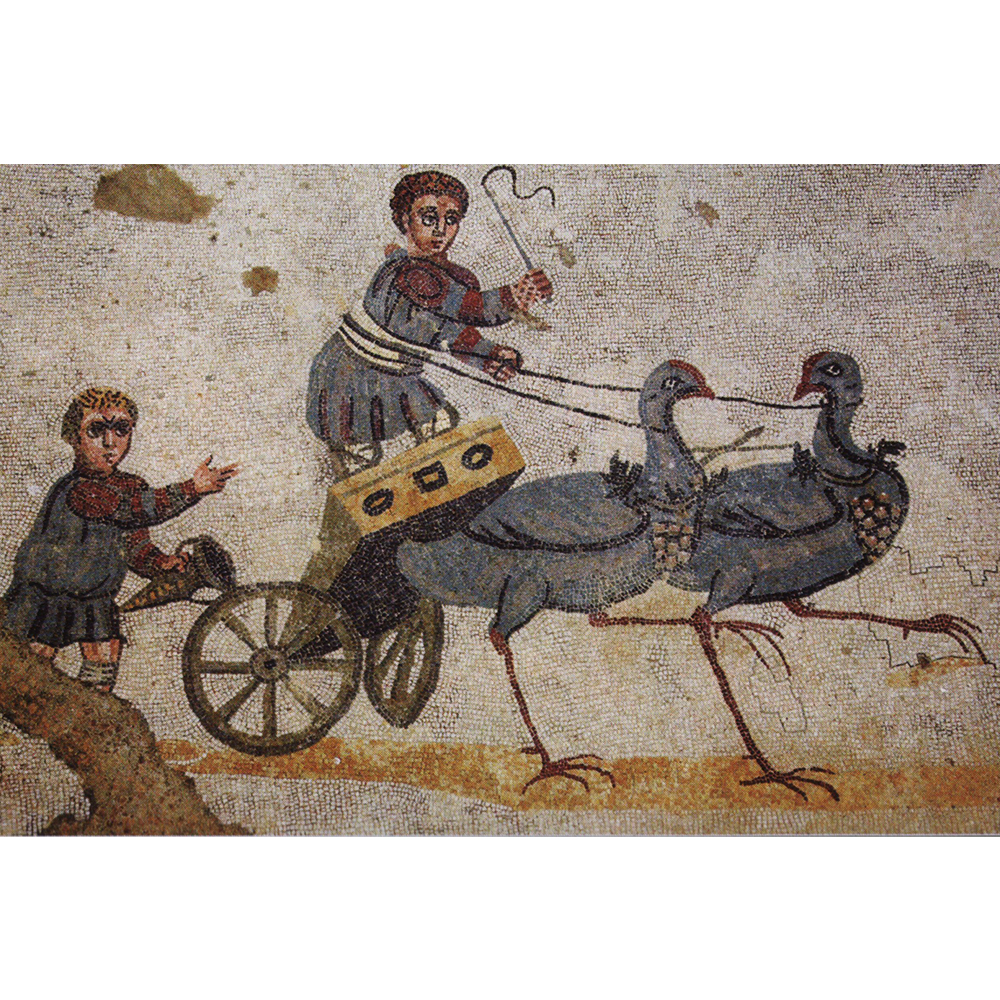
Ostrich Racing Mosaic from 4th Century Villa Casale, Sicily
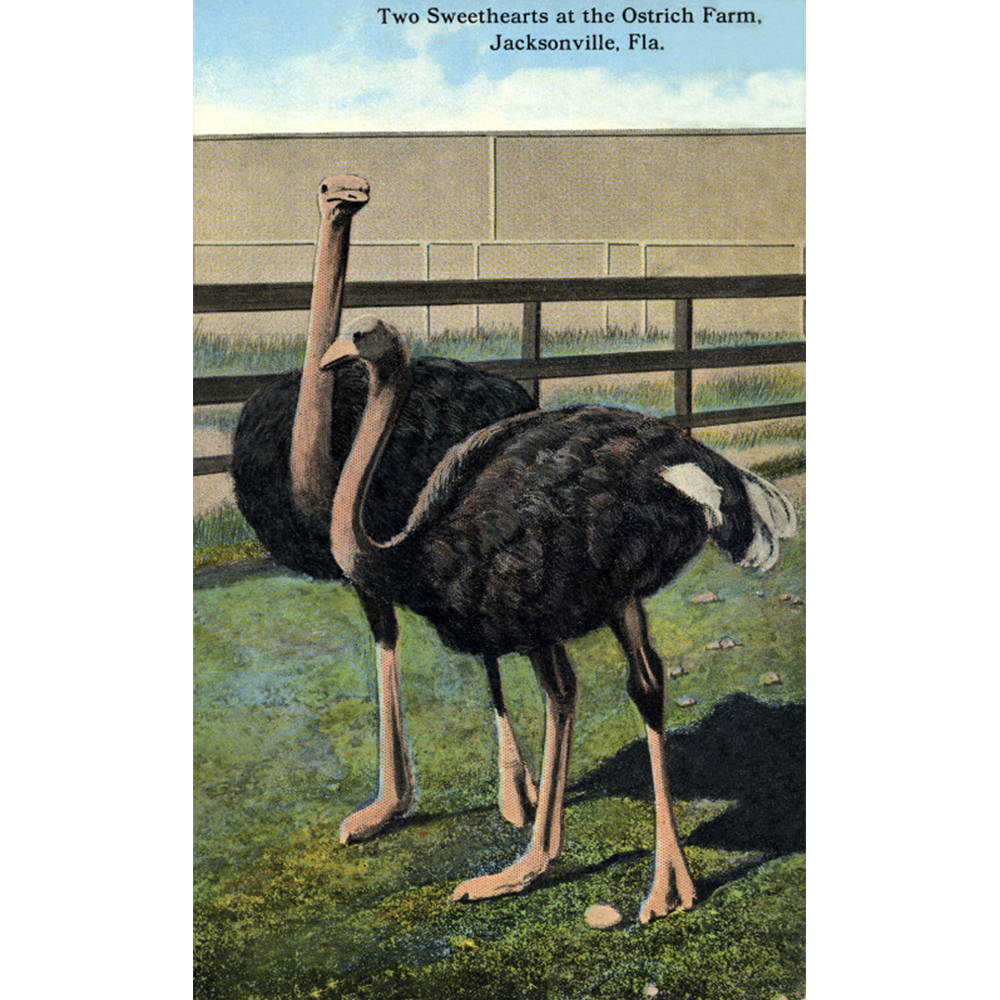
Ostrich Sweethearts
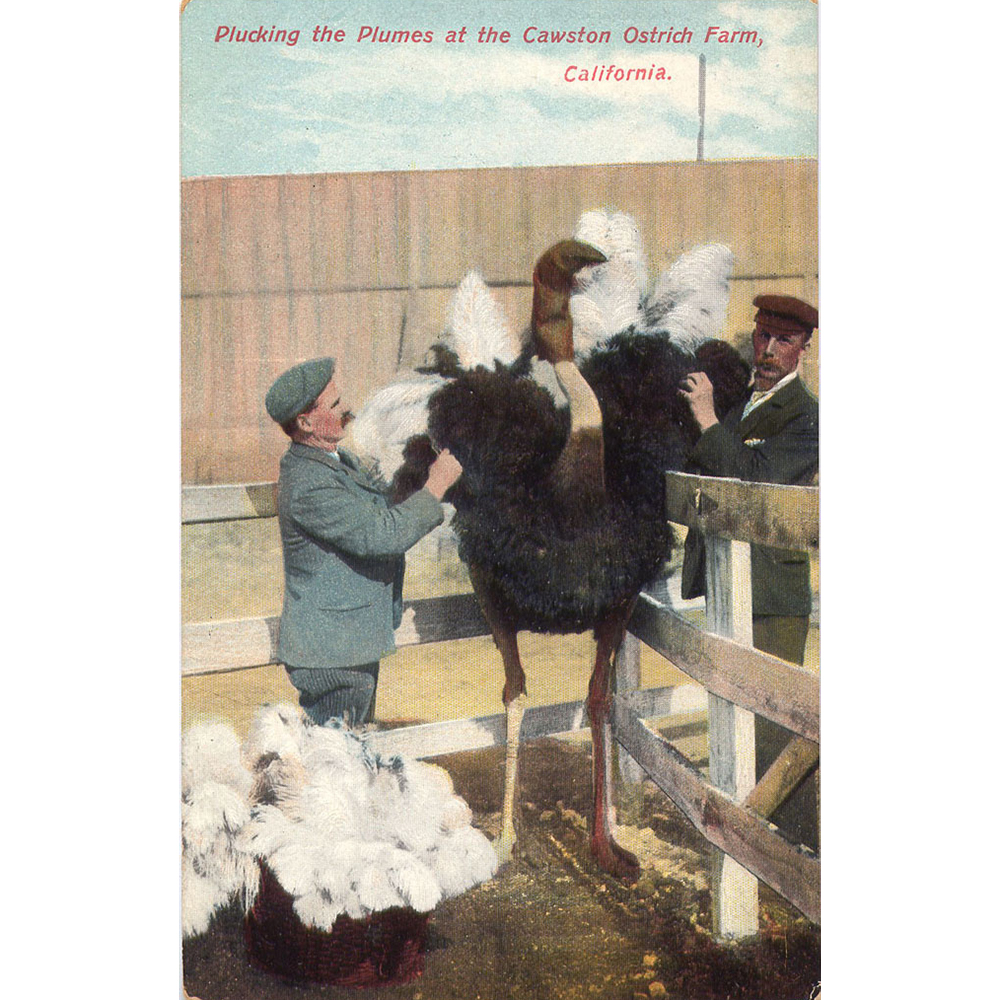
Plucking Plumes
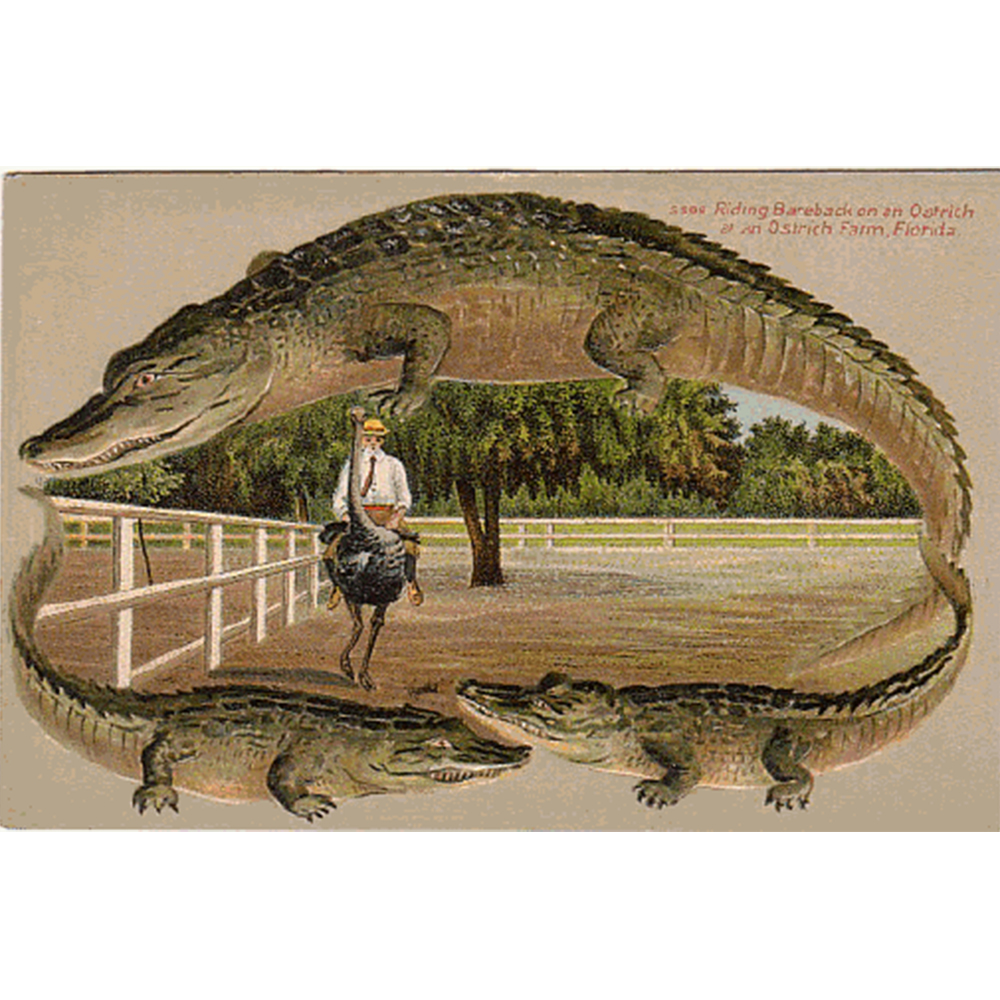
Riding an Ostrich

Majolica Ostrich Vases

Dennis China Works Ostrich Trial
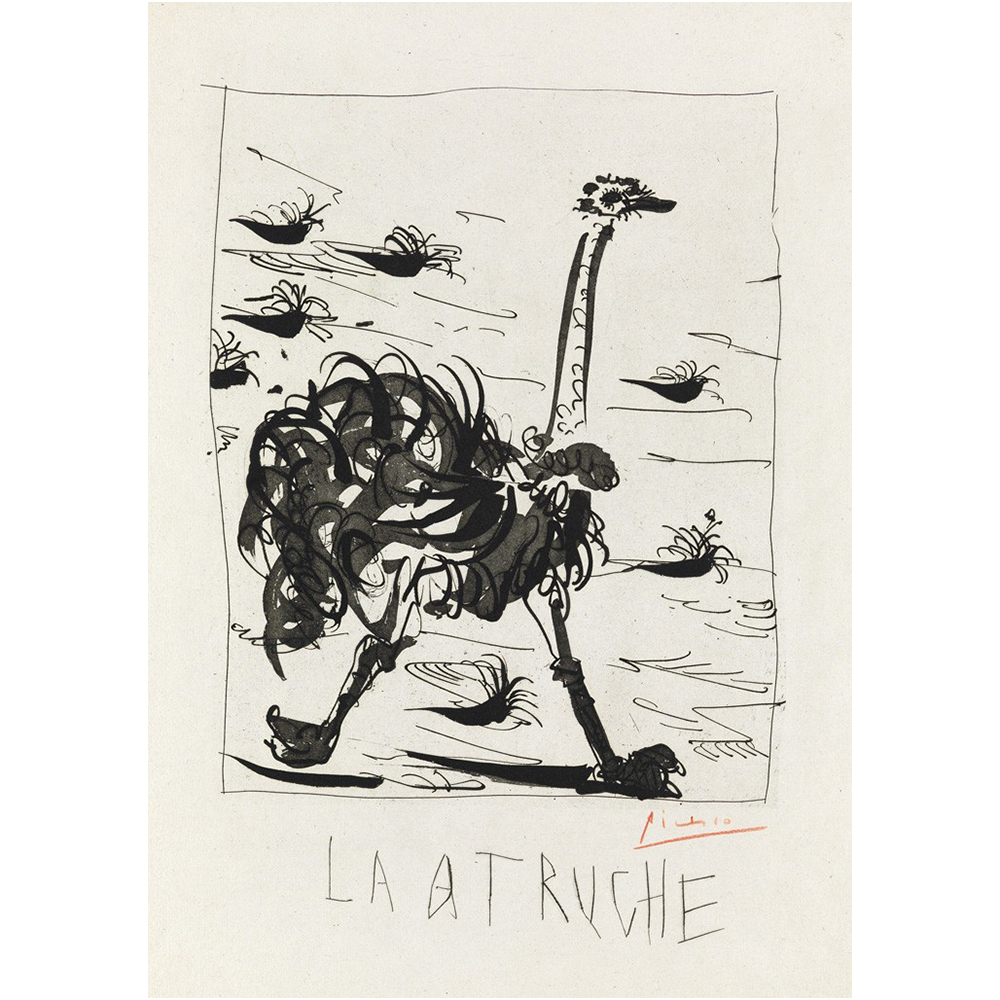
Ostrich by Picasso

Ostrich Riding
